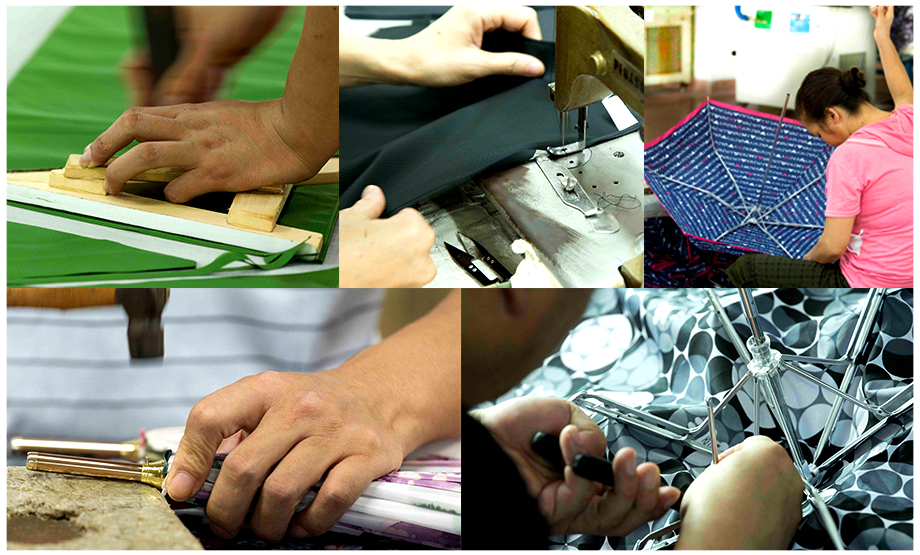Editor's Note: The printing process, like screen printing, has a wide range of adaptability to the substrate materials, and thus occupies an important position in the special printing industry. A simple summary of the common quality problems in the pad printing process is provided for reference by relevant personnel.
Graphic distortion is too large
1. The surface of the substrate is greasy and dusty so that the ink cannot be completely transferred2. Plastic head hardness is too soft
3. The surface of the substrate is electrostatically charged
4. Plastic head shape is wrong
5. Ink is too thin
6. Rough edges of steel plate graphic. To clean the surface of the substrate before printing
2. Choose a harder glue head imprinting blur
3. Use static eliminator to eliminate static electricity or add antistatic agent to ink
4. The shape of the plastic head should conform to the surface shape of the substrate
5. Add appropriate amount of original ink in ink
6. Re-corrosion of the steel plate 1. Too much ink viscosity
2. Uneven mixing of ink
3. The machine is running too fast
4. The solvent is not selected correctly
5. When the rubber head is imprinted, the air is not completely removed. Add thinner to adjust ink viscosity
2. Before starting up, there should be sufficient ink distribution time for bubbles
3. Reduce the speed of the printer
4. Join 2% of India
5. Select the tip of the county more pointed plastic head 1. Plastic head shape is wrong
2. Plastic head hardness is too soft
3. Printing plate without pre-distortion processing
4. Unreasonable positioning fixture design
5. When printing plate and film are not close together
6. Steel plate corrosion problem Try to choose the plastic head shape with 10mm compression when the plastic head can print the complete pattern
2. Looking at the hard plastic head
3. According to the shape and deformation trend of the substrate, the film is stretched and compressed when the film is made, and the graphic is enlarged and reduced.
4. Substrate on the fixture should ensure that the plastic head has a small deformation when imprinting
5. Update print
6. Update plate overprint is not allowed. The positioning jig has poor precision and the substrate is loose
2. The color repeater has poor repeat accuracy, resulting in poor repeatability of the steel plate
3. Plastic deformation of plastic printing head
4. Multi-color pad printing machine registration precision is poor
5. Pressure instability The position of the substrate on the fixture cannot be significantly displaced
2. Reprint
3. Insufficient curing of printing pad manufacturing process, should be re-made plastic head
4. Pad printer registration error should be controlled below 0.10mm
5. Stabilizing air pressure pinhole 1. Dust particles on the surface of the substrate
2. Dirty ink. Surface treatment of substrates before printing
2. The ink is filtered and the ink layer has a poor gloss. Ink is too thin and resin binder precipitates out
2. Ink deterioration
3. The ink itself has a poor gloss. Then add the appropriate amount of original ink and stir it evenly
2. Replace ink
3. Add bright light to the ink or apply a layer of light ink to the surface of the substrate. Ink is too thin
2. Adhesion of ink itself is poor
3. Incomplete UV ink curing
4. Incorrect proportion of two-component ink
5. Substrate surface properties and ink resistance 1. Add ink to improve ink viscosity
2. Replace ink
3. Curing speed should be reduced during UV curing and the curing time should be extended
4. Strictly follow the instructions for deployment
5. Degrease, roughen, oxidize, and corrode the substrate surface
